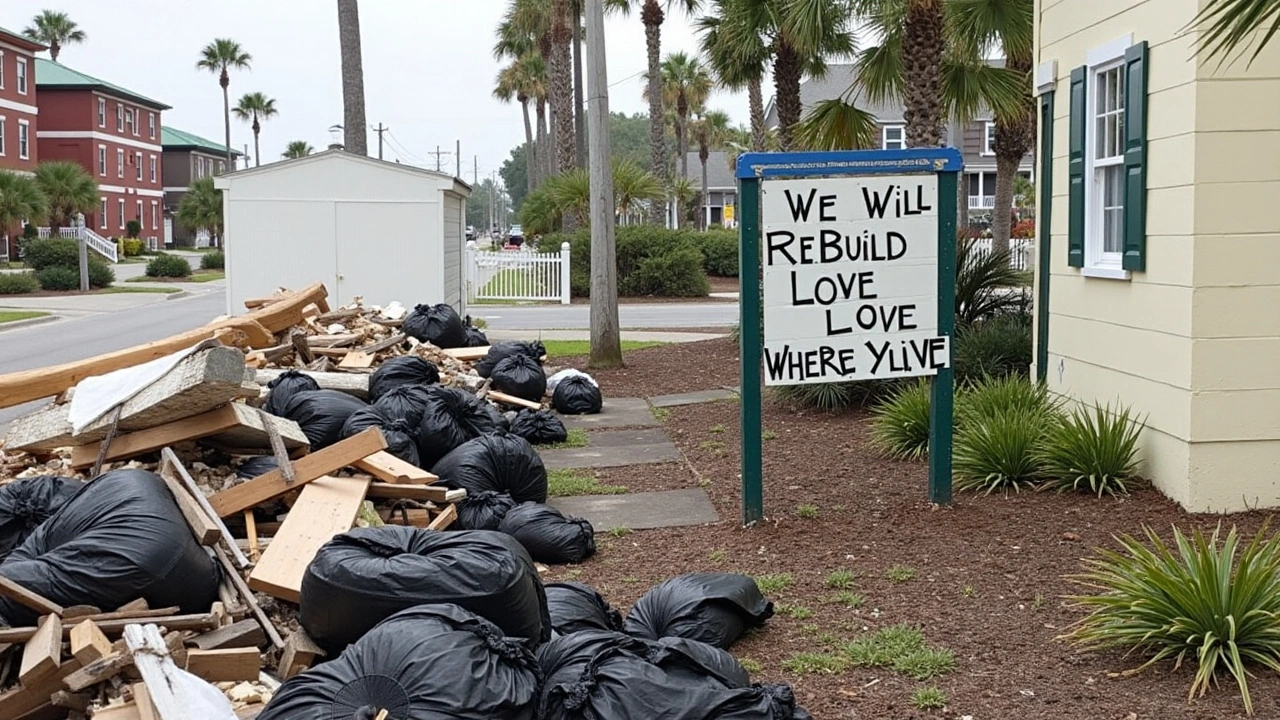Hurricane Milton: Track, Warnings and What You Need to Do Now
Hurricane Milton is moving fast and officials have issued watches and warnings for affected coastal areas. If you live in the path, don’t wait. This page gives clear, practical steps to track the storm, decide whether to evacuate, and prepare your home and family.
Track and understand official warnings
Check official sources first: the National Hurricane Center (NHC) or your national meteorological agency, local emergency management, and reliable news outlets. Watches mean conditions are possible within 48 hours; warnings mean dangerous conditions are expected within 36 hours. When a warning is issued, assume the threat is real and act now.
Use these simple tools: the NHC storm tracker, local radio for outages, and emergency alert texts from your phone carrier. Follow official social media accounts for real-time updates, but avoid unverified posts that spread confusion.
How to prepare and stay safe
Start by preparing a 72-hour kit: water (one gallon per person per day), nonperishable food, flashlight, batteries, first-aid kit, essential meds, copies of documents, and chargers. Don’t forget pet supplies and baby needs if relevant. Put these items in a grab-and-go bag so you can leave quickly.
Secure your home: bring in outdoor furniture, tie down loose items, close storm shutters or board windows, and move valuables to higher ground. If you have a generator, use it outside only and keep it away from doors and windows to avoid carbon monoxide poisoning.
Know your evacuation route and shelter options. If local officials tell you to evacuate, go immediately. Fill your car with fuel before roads get crowded and tell someone your plan and destination. If you decide to stay, choose an interior room on a high floor if flooding is likely.
During the storm, stay indoors and away from windows. Listen to a battery-powered radio or emergency broadcasts. Avoid using candles because of fire risk. If flooding threatens, move to higher ground and avoid driving or walking through floodwater — six inches of moving water can knock you down; a foot can sweep a car away.
After the storm, be careful. Watch for downed power lines, weakened structures, and sudden flooding. Take photos of damage for insurance claims. Follow local guidance about water safety—boil advisories are common after floods. Check on neighbors, especially the elderly or disabled, but only if conditions are safe.
Want minute-by-minute tracking? Bookmark official agency pages, turn on emergency alerts, and follow local authorities on social media. Preparing now cuts risk and stress. If you need help finding evacuation centers or local emergency contacts, use official government sites or call local emergency services.
Stay safe, stay informed, and act early. Hurricanes change quickly — a small delay can make a big difference.
